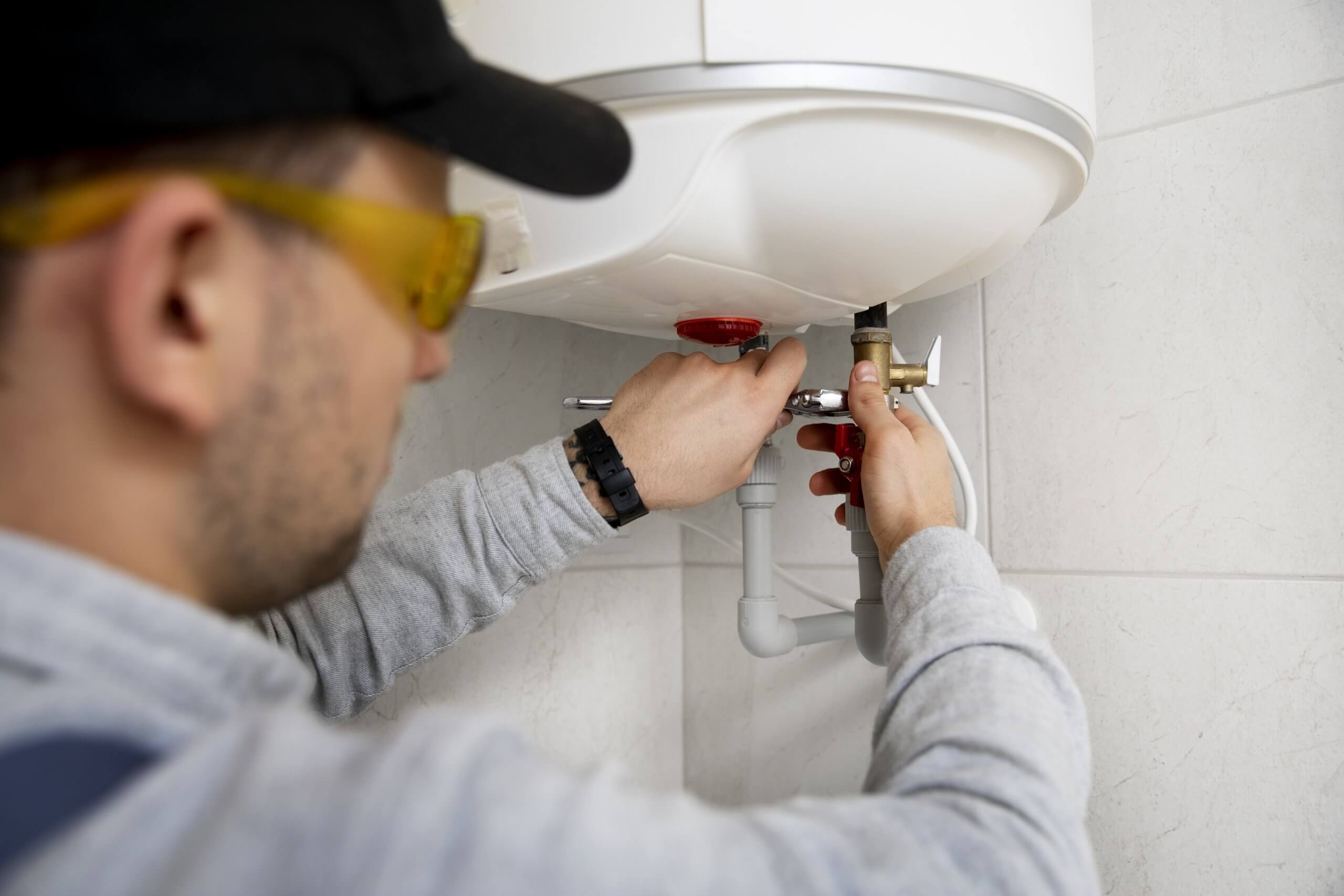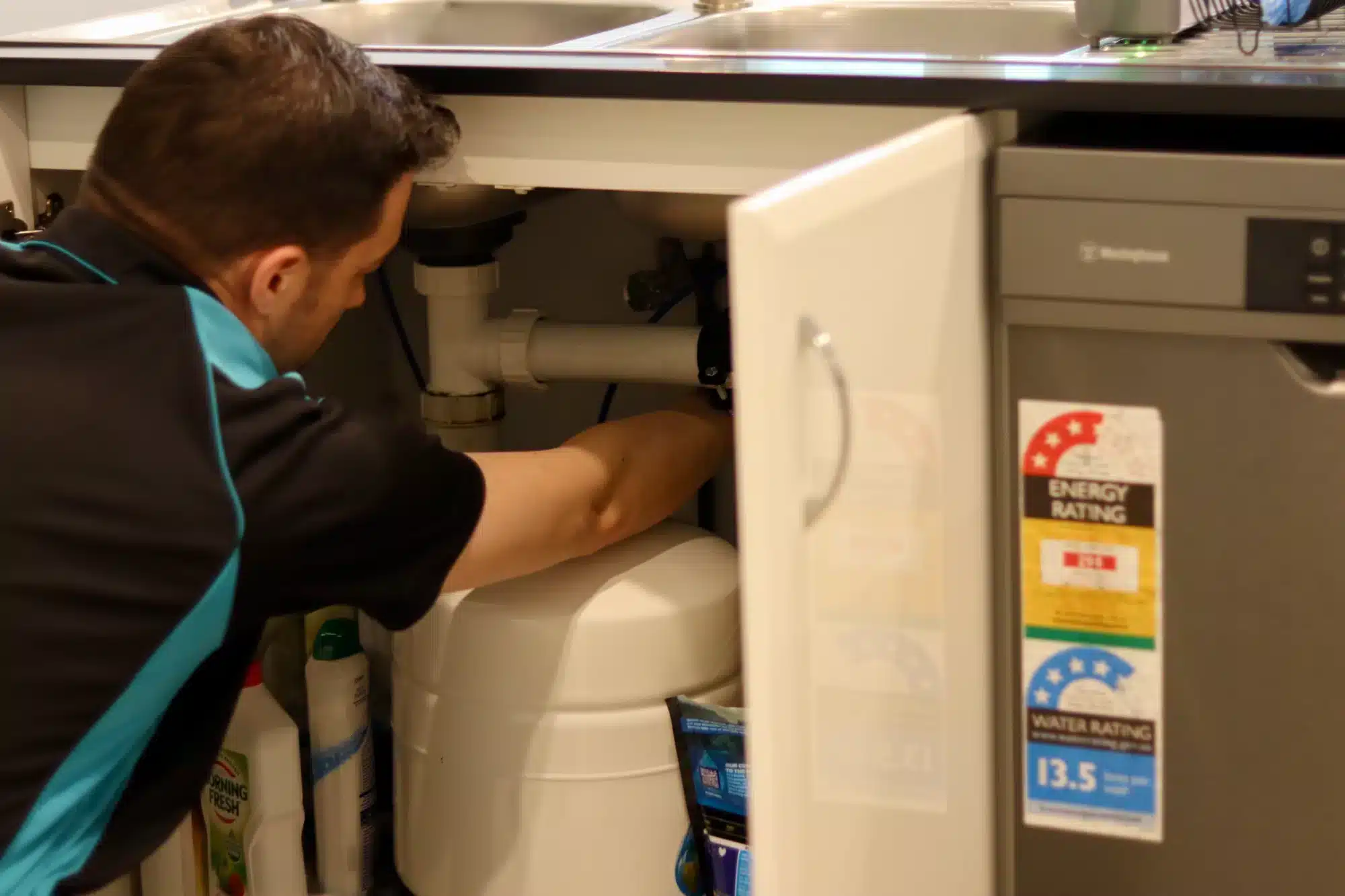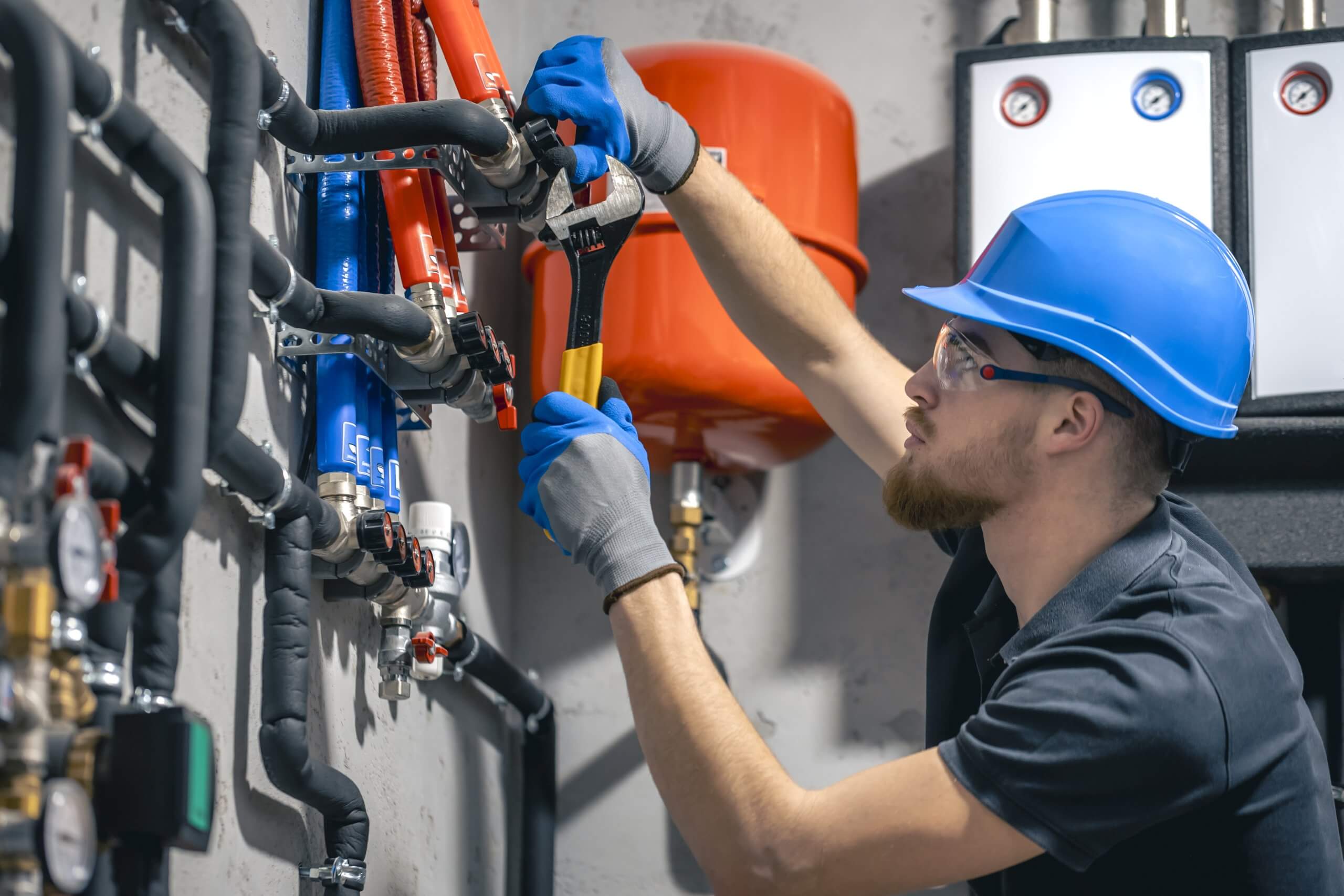Draining your hot water system might not be a regular chore, but it’s a key part of hot water system maintenance, maintaining your system’s efficiency, safety, and lifespan. Over time, sediment build up and sediment and mineral deposits build up from your cold water supply and can settle in the tank, reducing performance, increasing energy costs, and causing potential damage.
Whether you’re doing routine maintenance, preparing for plumbing work, or planning to leave your home vacant, draining your hot water tank correctly from the water supply can save you hassle and expensive repairs later on. This step-by-step guide will walk you through how to drain hot water system and heater systems safely., flush, and refill your hot water system—whether it’s gas, electric, or solar-powered, ensuring the gas or power supply is off during the process.
Why Draining Your Hot Water System Is Important
Regularly draining your hot water system can prevent unexpected breakdowns and costly problems down the track. Here’s why it matters, here are some general guidelines to follow :
1. Routine Maintenance
For most homeowners, draining the storage hot water system every 6 to 12 months is just a matter of hot water system maintenance. Doing so helps prevent breakdowns, reduces sediment build up maintains consistent water temperature, and keeps energy use in check.
2. Removes Sediment & Mineral Build-Up
Minerals like calcium and magnesium settle at the bottom of the tank and can contribute to sediment buildup., contributing to sediment buildup. This build-up can:
- Lower heating efficiency
- Causes banging or rumbling noises
- Speed up corrosion
- Shorten the system’s lifespan
Flushing with fresh water removes this sediment and helps keep your system running at its best, which also improves tap water quality.
3. Prepares the System for Repairs
If you’re replacing a valve in a gas water heater , servicing the heating element, or doing other plumbing work, draining the entire unit and ensuring that the power or gas supply is off is a crucial safety step that prevents leaks and accidents.
4. Prevents Damage When the Property Is Vacant
If you’re going away or the property will be empty, draining the system reduces the risk of corrosion inside, bacterial growth, and unpleasant smells from stagnant water, especially if you use fresh water to refill it .
Types of Hot Water Systems in Australia
Here’s a quick overview of common water heater systems and whether draining is necessary:
- Electric Storage Systems: Use electric elements to heat water—draining is recommended.
- Gas Storage Systems: Heated by a gas burner under the tank—also requires regular draining.
- Solar Hot Water Systems: Use solar panels, often with a booster—draining may be needed.
- Instantaneous (Tankless) Systems: Heat water on demand—generally don’t require draining unless being serviced.
Before You Begin: Safety First
Take these precautions before draining your hot water system:
1. Turn Off the Power or Gas
- For electric systems, switch off power at the circuit breaker.
- For gas systems, turn off the gas valve.
2. Shut Off the Cold Water Inlet
This stops more water from entering the tank by closing the water valve .
3. Let the Water Cool
To prevent burns, turn off the system several hours in advance or leave it overnight.
4. Open a Hot Tap
Opening the pressure relief valve and the hot water tap llows air into the system and helps water drain smoothly.
What You’ll Need
- Garden hose (long enough to reach a drain or garden bed)
- Bucket (for catching residual water)
- Towels or rags (for clean-up)
- Screwdriver or spanner
- Gloves
- Teflon tape (optional, for resealing fittings)
Step-by-Step: How to Drain Your Hot Water System
Step 1: Shut Down the System
Make sure the power or gas is off and close the cold water inlet valve.
Step 2: Open a Hot Tap
Open a tap inside your home to release pressure and allow air into the system.
Step 3: Connect a Hose to the Drain Valve
Locate the drain valve at the bottom of the tank, attach a hose, and direct it to a suitable drainage area.
Step 4: Open the Drain Valve
Use a spanner or screwdriver to slowly open the valve. If water doesn’t flow well, open the pressure relief valve or another hot tap to improve air flow.
Step 5: Let the Tank Drain
Depending on tank size, this may take 10 to 30 minutes. Once water stops flowing, you’re ready to flush.
How to Flush the Tank
To remove built-up sediment, you will need a garden hose :
- Keep the hose connected and the drain valve open.
- Briefly turn the cold water inlet back on (30–60 seconds) to stir up sediment.
- Let the water drain again.
- Repeat until the water runs clear.
Tip: If you live in a hard water area, consider flushing your tank with fresh tap water every 3 to 6 months to help manage water usage.
Refilling and Restarting Your System
Once flushing is complete:
1. Close the Drain Valve
After ensuring the tank is drained completely, disconnect the hose and close the valve securely.
2. Close Any Open Taps
Turn off any taps you left open earlier.
3. Turn On the Cold Water Inlet
Allow the tank to fill. Reopen a hot tap briefly until water flows steadily—this helps release any trapped air.
4. Restore Power or Gas
- Electric systems: Switch the power back on at the circuit breaker.
- Gas systems: Follow your manufacturer’s instructions to relight the pilot.
Wait 30 to 60 minutes for the water to fully heat.
How Often Should You Drain the Tank?
Drain your hot water system:
- Electric and Gas Storage Systems: Every 6 to 12 months
- Solar Hot Water Systems: Once a year
- Instantaneous Systems: Only when being serviced
Older systems, particularly electric hot water systems, or those in hard water areas may need more frequent maintenance.
When to Call a Licensed Plumber
Draining is usually a DIY-friendly task, but it’s best to get professional help if:
- You haven’t serviced the system in years
- The drain valve is rusted, stuck, or leaking
- You hear loud banging or boiling sounds
- The water looks cloudy or smells odd
- You have a complex solar or gas-boosted system
- You notice water leaking from the tank or fittings
Frequently Asked Questions
Can I drain the system myself?
Yes, most homeowners can safely turn their hot water tank and drain it. Just follow the steps above and consult your owner’s manual for specific instructions.
How long does draining take?
Typically 10 to 30 minutes for gas hot water heaters , depending on your tank size and water pressure.
What if I don’t do this maintenance?
Skipping this can lead to issues such as inadequate hot water for daily showers :
- Higher energy bills
- Noisy operation
- Rust and corrosion
- Premature system failure
Will draining fix strange noises?
Often, yes. Gurgling or banging noises are usually considered unusual noises aused by sediment buildup, which draining helps remove.
Final Thoughts
Draining your storage hot water system is a simple yet powerful way to keep the hot water stored running efficiently, especially if directed to a floor drain . Whether your setup is gas, electric, or solar-powered, ensuring a clean water supply and a bit of regular maintenance can go a long way in saving less energy, lowering utility bills extending your system’s life, and preventing unexpected plumbing issues.
If you’re ever unsure or run into trouble, don’t hesitate to reach out to a licensed plumber—it’s always better to be safe and ensure your system meets Australian standards.






